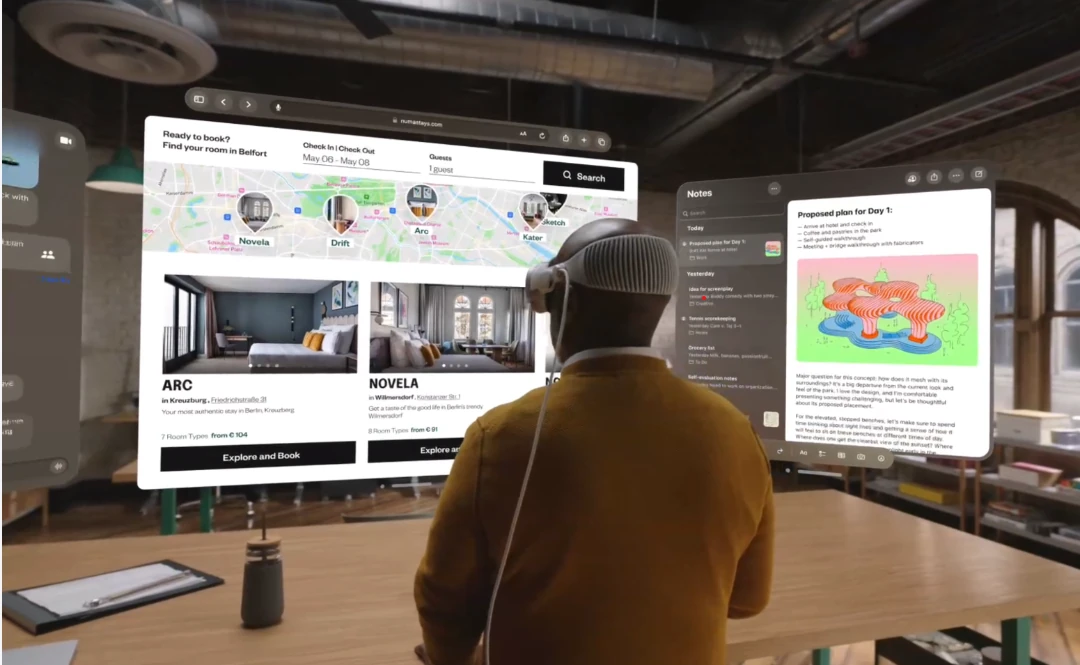Apple has done it again. The Apple Vision Pro, a mixed-reality headset promising to blend digital content with your physical space, is generating both excitement and skepticism. But is it worth the hype… and the hefty $3,499 price tag? Let’s take a balanced look at the pros and cons and find out.
What Exactly Is the Apple Vision Pro?
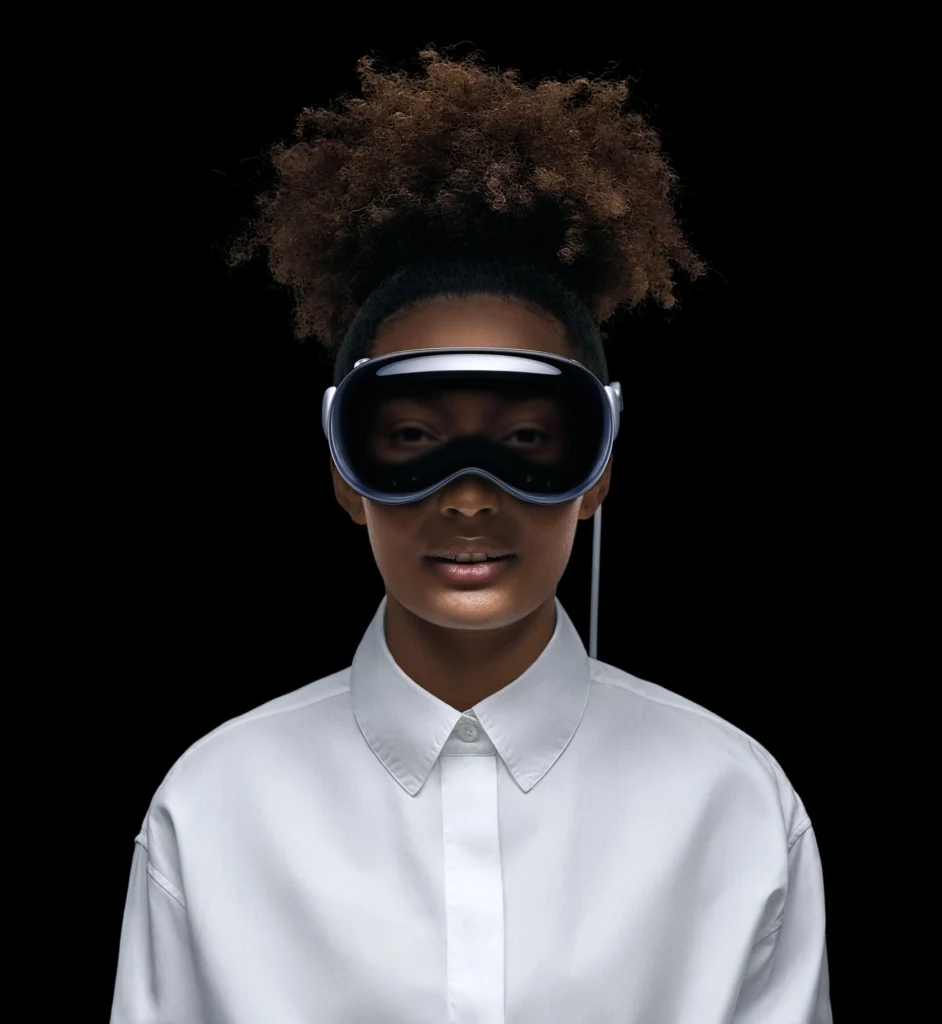
In essence, the Apple Vision Pro is a mixed reality (MR) headset, which means it overlays digital content onto your real-world view, creating an immersive experience where you can interact with both physical and virtual objects. Unlike virtual reality (VR) headsets that completely block out the real world, the Vision Pro allows you to remain present in your surroundings while engaging with digital elements.
Apple has equipped the Vision Pro with groundbreaking technology to achieve this. Each eye is treated to a custom micro-OLED display system boasting a staggering 23 million pixels, delivering stunning resolution and vibrant colors that surpass even a 4K TV. The headset is powered by a dual-chip design, featuring the efficient M2 chip for overall performance and the new R1 chip for real-time sensor processing, ensuring smooth visuals and responsive interactions.
And let’s not forget the spatial audio feature, which uses dynamic head tracking to create a personalized soundscape that makes you feel like you’re in the middle of the action.
Who Should Consider Buying It (and Who Shouldn’t)
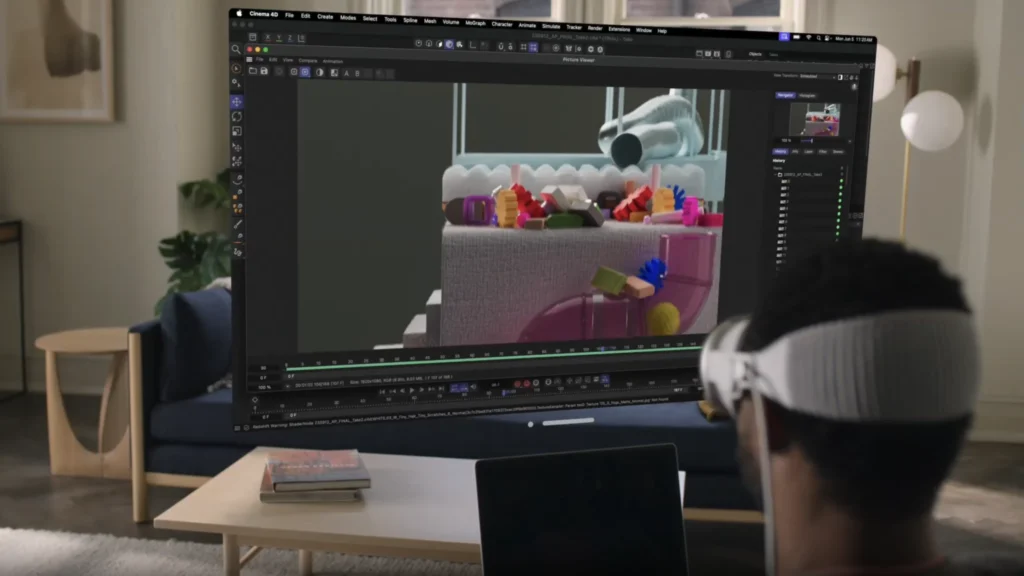
The Vision Pro is primarily targeted at early adopters, tech enthusiasts, and professionals who can leverage its advanced features. Gamers seeking heightened immersion, designers exploring new creative avenues, and professionals collaborating remotely could all find immense value in this cutting-edge device.
However, if you’re looking for a simple and budget-friendly headset, the Vision Pro’s premium price point might be a barrier. Plus, those who are prone to motion sickness might want to exercise caution, as mixed reality experiences can sometimes trigger discomfort.
Beyond the Hype: A Closer Look at the Apple Vision Pro’s Strengths and Weaknesses
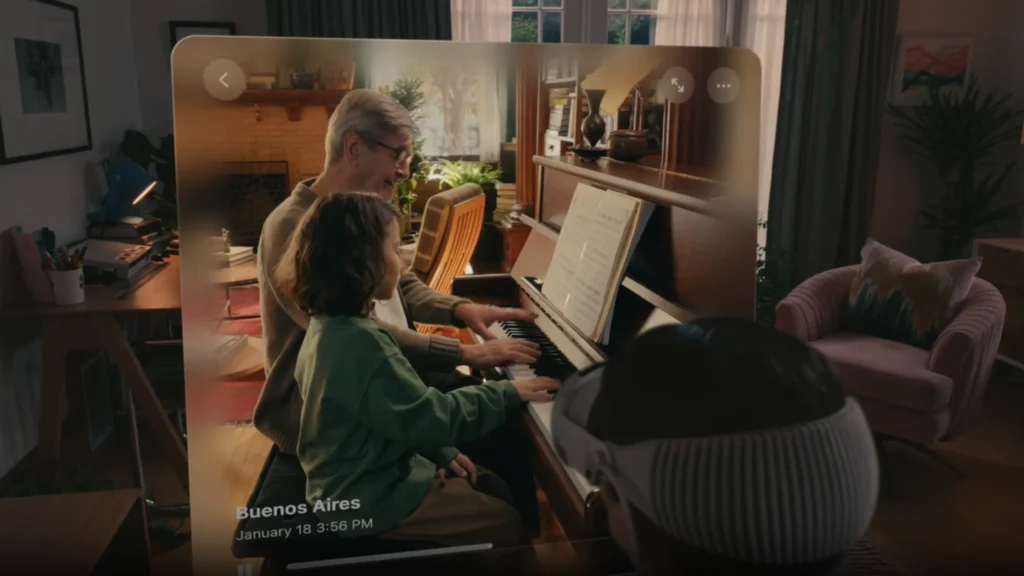
Strengths
- Immersive Experience: The Vision Pro’s high-resolution micro-OLED displays and spatial audio create an incredibly realistic and engaging environment, blurring the lines between the physical and digital worlds.
- Intuitive Controls: Eye-tracking and hand gestures replace traditional controllers, offering a natural and seamless way to interact with digital content. But that’s not all – you can even control the Vision Pro with just your voice! To learn more about this hands-free (or rather, eyes-free) approach, check out our article, ‘Control Apple Vision Pro with Just Your Voice‘.
- EyeSight: This innovative feature projects the wearer’s eyes onto the external display when someone approaches, fostering a more natural social interaction.
- Environments: Users can escape to customizable virtual environments, from serene beaches to bustling cityscapes, transforming their surroundings and enhancing relaxation or focus.
- 3D Spatial Photos and Videos: Capture and relive special moments in immersive 3D, adding a new dimension to cherished memories.
- Seamless Integration with Apple Ecosystem: The Vision Pro seamlessly integrates with the Apple ecosystem, including devices like Macs, iPhones, and iPads. This integration allows for easy file transfer, content sharing, and cross-device functionality.
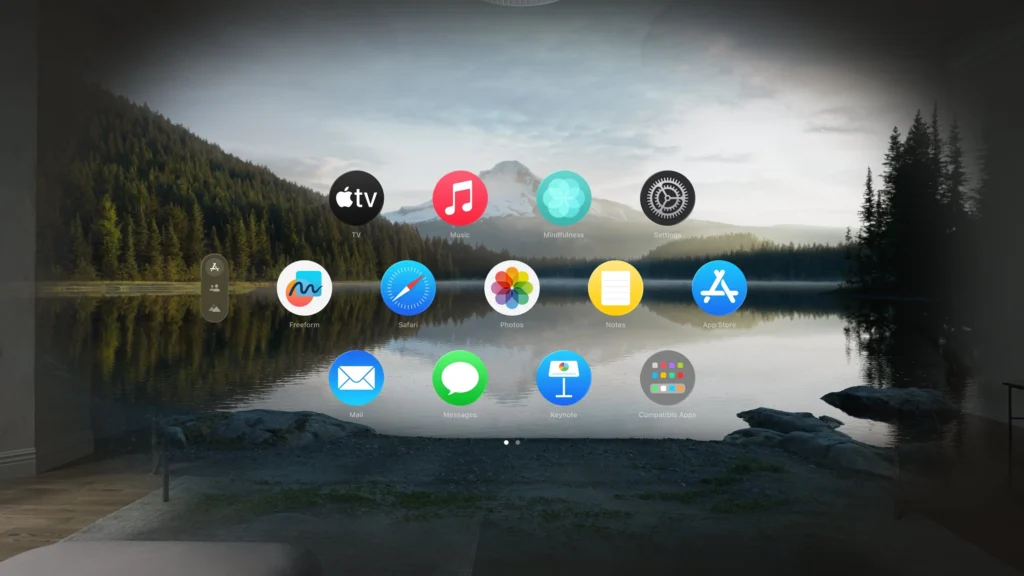
Weaknesses
- High Price: At $3,499, the Vision Pro is a substantial investment that may not be feasible for many consumers.
- Limited Battery Life: The current battery life of up to two hours might be restrictive for extended use.
- Limited Field of View: The field of view might not be as wide as some users expect, potentially limiting the overall immersion.
- Potential for Motion Sickness: As with any mixed reality device, some users may experience motion sickness, especially those who are new to the technology.
- Limited App Selection: The current app ecosystem for the Vision Pro is still developing, so users may not have access to all the features and functionalities they desire right away.
- Early Adoption Challenges: Being a first-generation product, the Vision Pro may have some software bugs or limitations that need to be ironed out over time.
- Accessibility Concerns: The high price and limited app selection might make the Vision Pro feel exclusive and inaccessible to many potential users.
Technical Specifications (at a Glance)
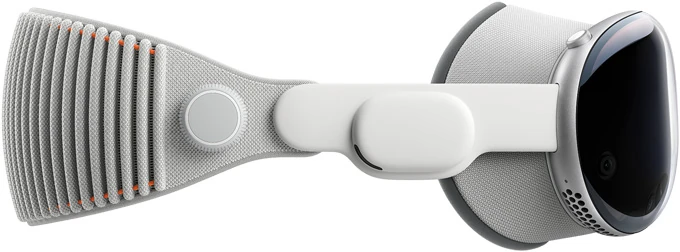
- Display: Micro-OLED, 23 million pixels per eye
- Processor: Apple M2 and R1 chips
- Audio: Spatial audio with dynamic head tracking
- Sensors: 12 cameras, 5 sensors, 6 microphones
- Battery Life: Up to 2 hours with external battery pack
The Verdict: Is the Hype Justified?
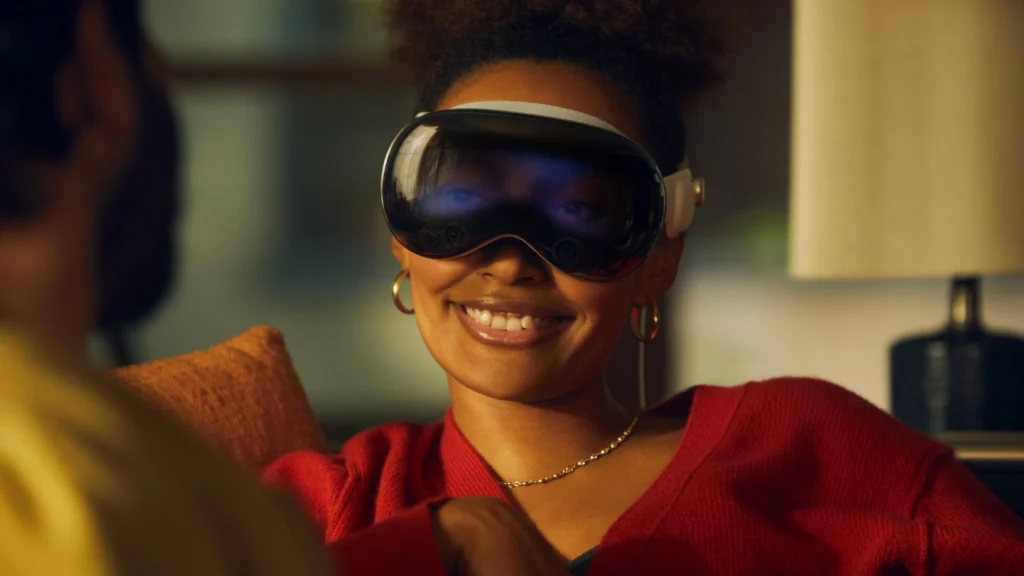
So, should you buy into the hype? The answer, like most things in tech, is that it depends.
If you’re a tech enthusiast, early adopter, or professional who values cutting-edge technology and immersive experiences, the Vision Pro could be a worthwhile investment. Its groundbreaking features and potential for future innovation are undeniable.
However, if you’re budget-conscious, concerned about early adoption issues, or unsure how a mixed reality headset would fit into your daily life, it might be wise to wait and see how the technology matures. Keep an eye on reviews, updates, and potential price drops before making your decision.
Photo credits: Apple
FAQs
Can the Apple Vision Pro replace my laptop or desktop computer?
While the Vision Pro can handle many tasks like browsing the web, editing documents, and even light coding, it’s not designed to be a full laptop/desktop replacement (yet). It’s more of a complementary device that excels at immersive experiences and specific tasks.
How does the Apple Vision Pro handle prescription glasses?
The Vision Pro isn’t designed to be worn over glasses. Apple is partnering with Zeiss to offer custom optical inserts that magnetically attach to the headset’s lenses, providing prescription correction for those who need it.
Can I use the Apple Vision Pro outdoors?
While technically possible, the Vision Pro is primarily designed for indoor use. The bright sunlight can interfere with the displays, and the headset’s battery life might be affected by extreme temperatures.
How does the Apple Vision Pro impact privacy?
Apple emphasizes privacy as a core value, and the Vision Pro is designed with features like Optic ID (iris scanning for authentication) to protect user data. However, as with any connected device, concerns about data collection and potential misuse remain.
What is the long-term vision for the Apple Vision Pro?
Apple envisions the Vision Pro as the future of computing, where digital content seamlessly integrates with our physical world. The company plans to expand the app ecosystem, enhance battery life, and explore new use cases in fields like healthcare, education, and entertainment.
How does the Apple Vision Pro compare to other mixed-reality headsets?
While comparisons to Meta’s Quest Pro are inevitable, the Vision Pro distinguishes itself with its premium design, advanced eye-tracking and hand gesture controls, and seamless integration with the Apple ecosystem.


